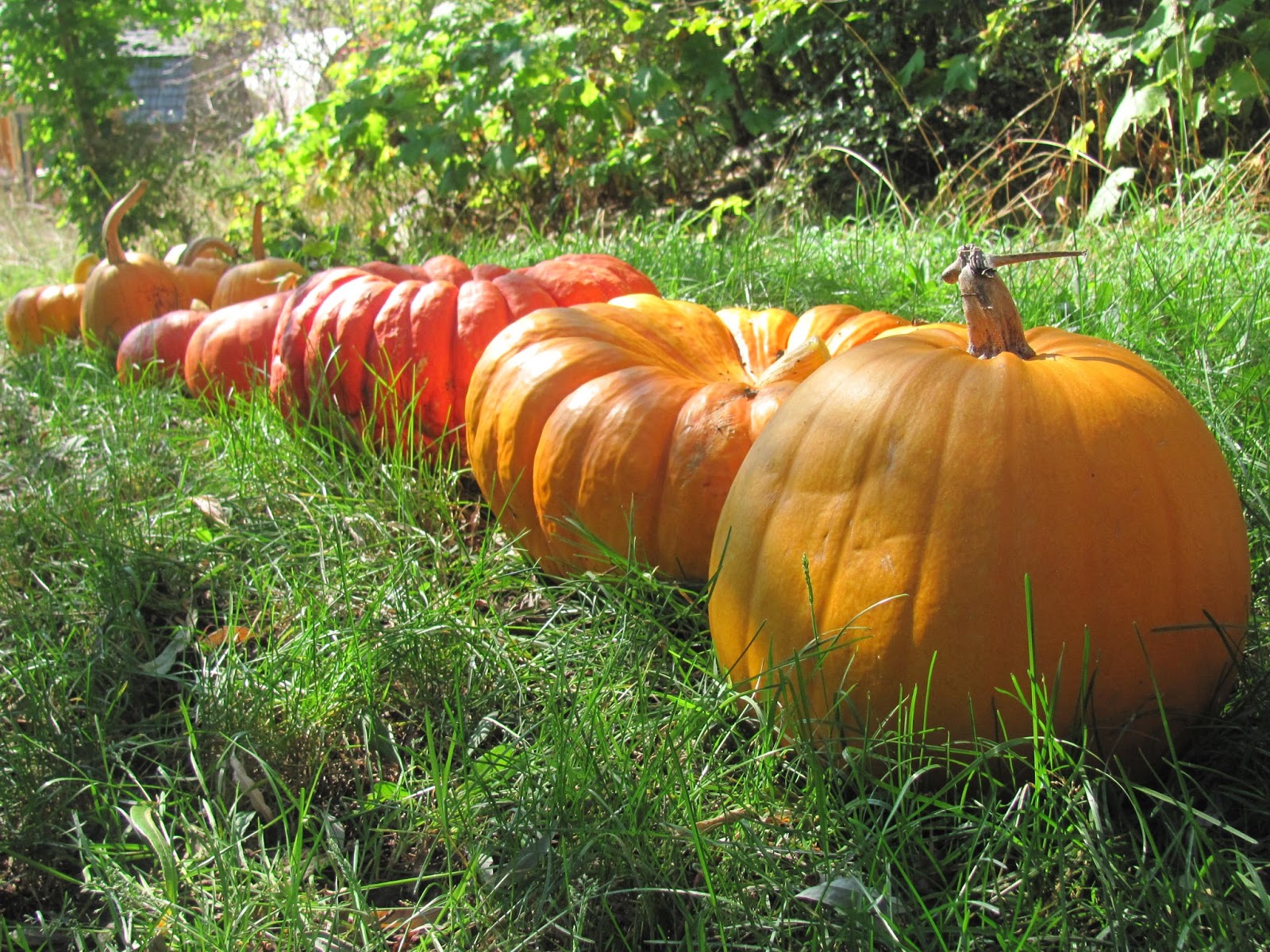
I adore Winter Squash and Pumpkins!
They make me think of fairy tales and I adore the huge vines and the gorgeous varieties of heirloom pumpkins available. There’s nothing more seasonal than the taste and smell of a spiced pumpkin pie or mashed squash in the autumn months.
Having grown them for many years now, and having made a few mistakes myself, I wanted to share with you
How to Harvest Pumpkins & Store Winter Squash & Pumpkins for yummy winter meals
When to Harvest Pumpkins?
It’s the moment you’ve been waiting for! Your pumpkin patch finally has some color to it and they’re ready to harvest!
Or are they?
Color is not always an indication that your pumpkin or squash is ready to harvest.
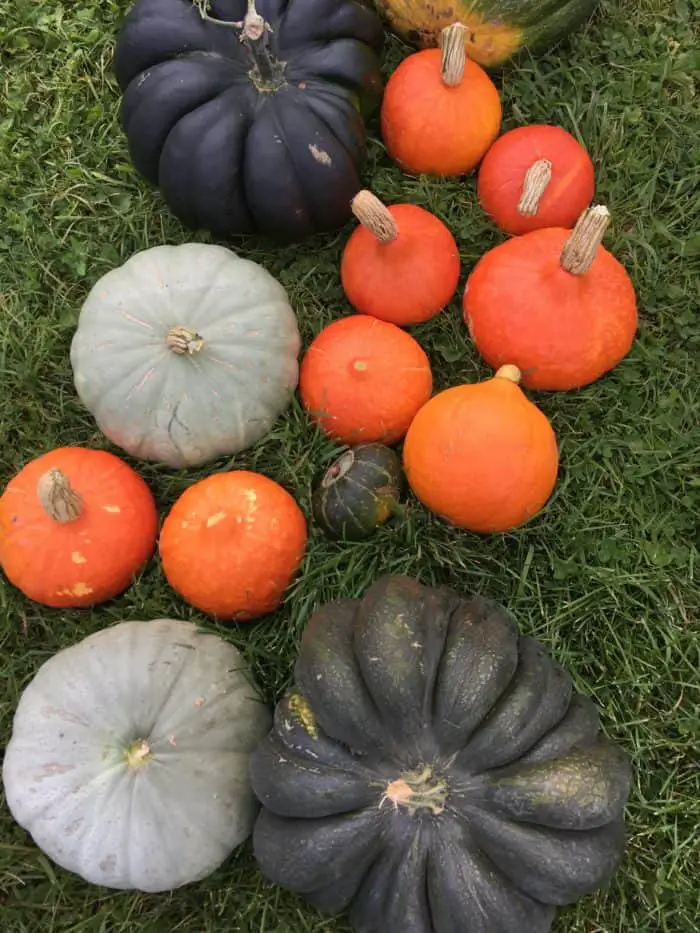
Here are a few things you need to look for:
- The squash vines will begin to dry and stop growing and the rinds of the squash or pumpkins will harden.
- You want to make sure they’ve developed a firm skin that protects the squash for winter storage and eating. You can gently stick your nail in the skin and there should be no resistance. If your nail pierces through the skin and leaves a dent they’re not ready yet.
- Most varieties will change color and the color of the skin and stem deepens the more mature they get.
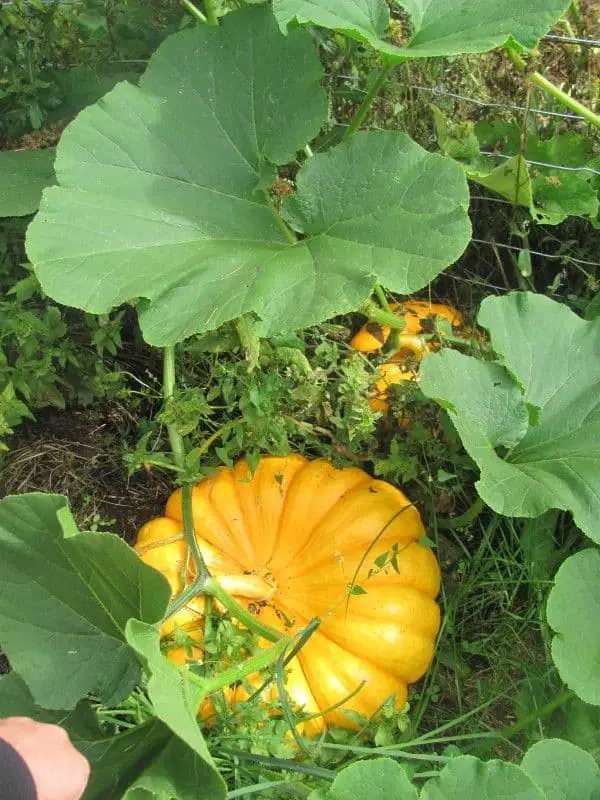
How to Harvest Pumpkins and Winter Squash
How you pick and handle winter squash directly affects how well they store.
Here are some pumpkin harvesting tips:
- Harvest on a dry day as squash and pumpkins need to be kept dry.
- Select blemish-free fruit for curing and use the bruised or damaged fruit right away as they won’t store well.
- Be careful harvesting the squash as the large vines have tiny prickles. Be sure to wear long sleeves, boots and long pants so you don’t get scratched up. Remove any vines around the squash you plan to harvest from so they don’t get scratch and damage the skin while lifting from the ground.
- Use pruners or a sharp knife to cut the squash or pumpkin from the stem (don’t pull!). Make sure you leave 3-inches of stem otherwise the squash won’t store well. If this happens by accident use those squash first otherwise they’ll begin to rot.
- Harvest before the first frost as it shortens shelf life. If frost is forecasted harvest the ones that are the most ripe and bring inside. If they’re still too young and the weather forecast looks good for another week or so you can try to cover the plants with blankets or straw but the plants tend to be large and it’s hard to do.
How to Cure Your Winter Squash & Pumpkins
After you’ve harvested them off the vine you will need to field-cure for 10 days in the sun, or cure indoors in a warm room for 4-5 days. The exception for curing is the thin-skinned acorn/delicata winter squash as they will get stringy. The sun and the heat allows for the skins harden up. If it’s rainy and cold bring them inside carefully, dry them off and find a warm, dry place to cure them.
Take care to protect the squash and pumpkins from further damage while curing otherwise it reduces storage life and will increase early rotting.
How to Store Your Winter Squash & Pumpkins
- To prevent mold and rotting you need to sanitize the squash. Sponge the skins with clean water and dish soap before storage. Some people use a small amount of hydrogen peroxide, white vinegar or bleach to wipe them down to further kill mold and fungus spores. Make sure they are fully dry before storing them!
- Store cured squashes in a room that is dry and cool (not below 50°F/10C) with a relative humidity of 60 to 70 percent.
- Make sure they have good air circulation and check on them frequently for any signs of spoilage
- Use up the squash and pumpkin varieties that have thin skins first moving to the harder skinned ones (see more below).
- Store on shelves that have lots of good air circulation.
Storage life for pumpkin and winter squash varieties
Depending on the variety squash and pumpkins will have different storage potential. Being careful with during the harvesting and curing stages will greatly help with the storage life, along with having the right storage temperatures.
Although I’ve stored my winter squash for much longer than the suggested times below, here’s a rough guideline for approximate shelf life for the different varieties:
-
- Acorn and delicata squash often only last 1-2 months because the skin is thin (bonus is that you can eat the rind though).
-
- Spaghetti squash stores for about 2 months
-
- Buttercup squash 3 months
-
- Butternut squash 5-8 months
- Blue Hubbard, Sweet Meat, Large thick-skinned varieties can last 6-8 months. I’ve read many people eating Hubbard, or Sweet Meat at the 12+ month mark with proper handling and storing.
I’m still figuring out which winter squash and pumpkin varieties are my favorite but every year I like to try out new heirlooms. So far the ‘Sweet Meat’ is on the top of the list for storage, beauty and flavor.
What is your favorite winter squash or pumpkin variety?
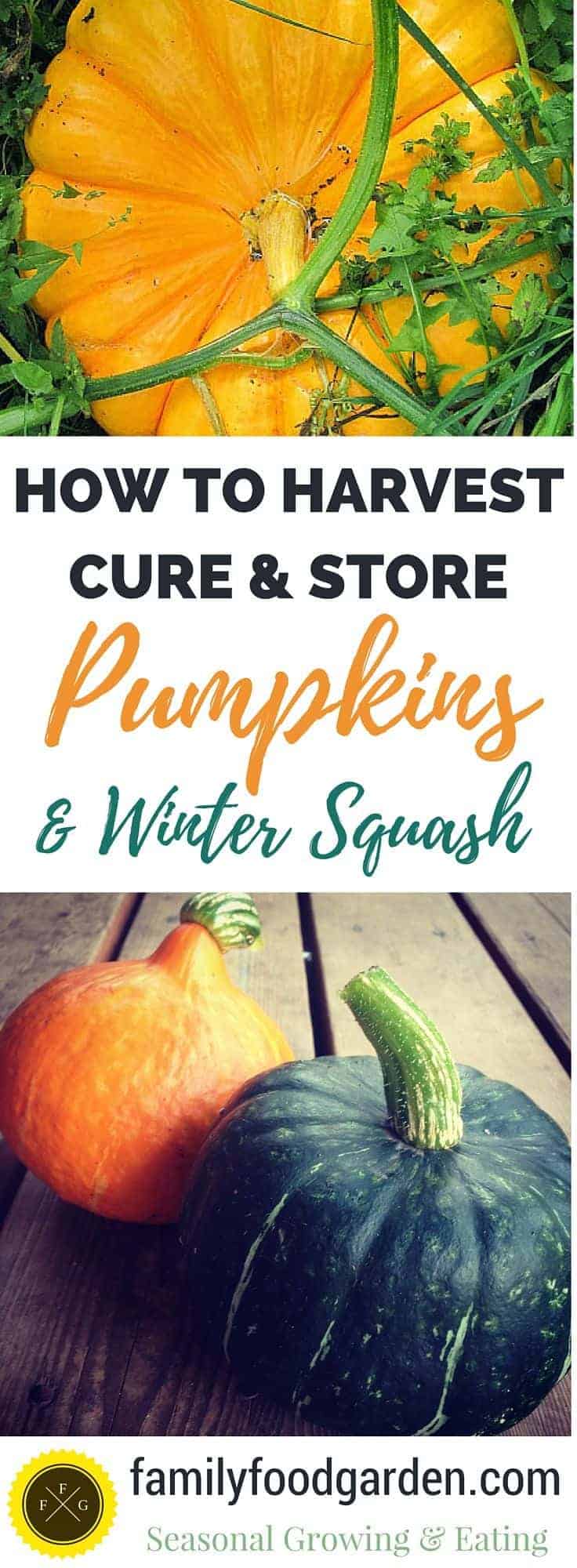
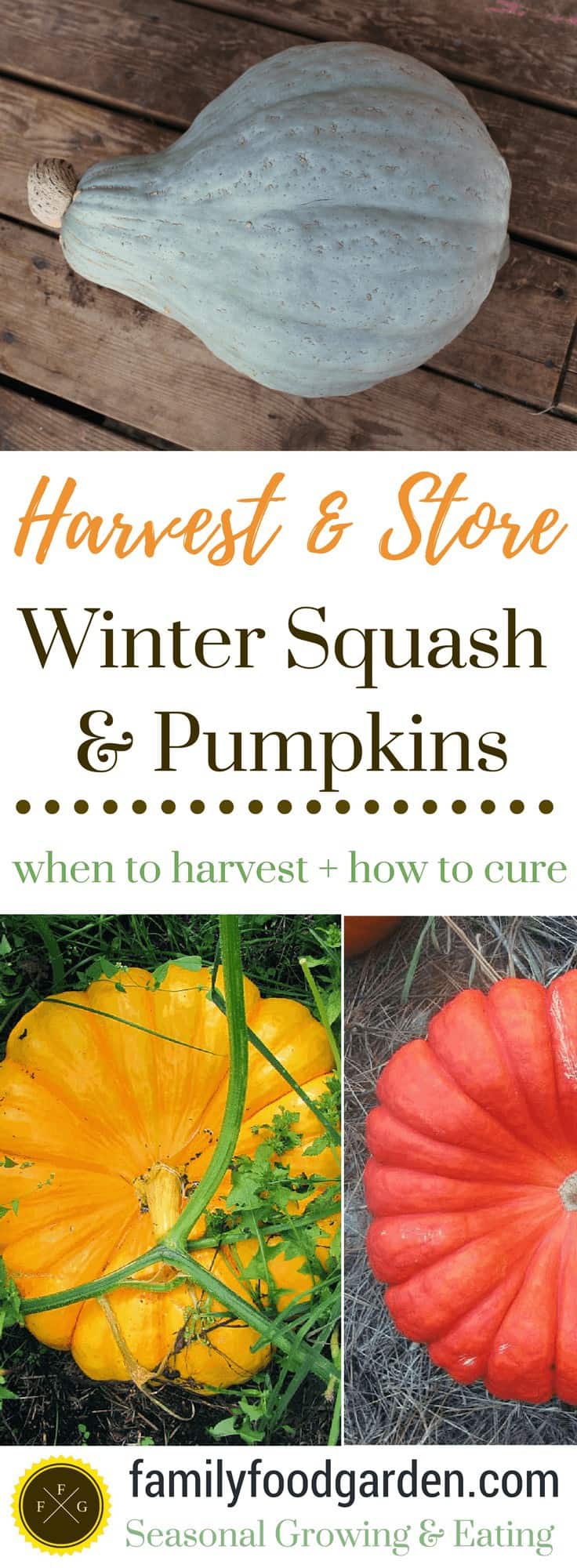

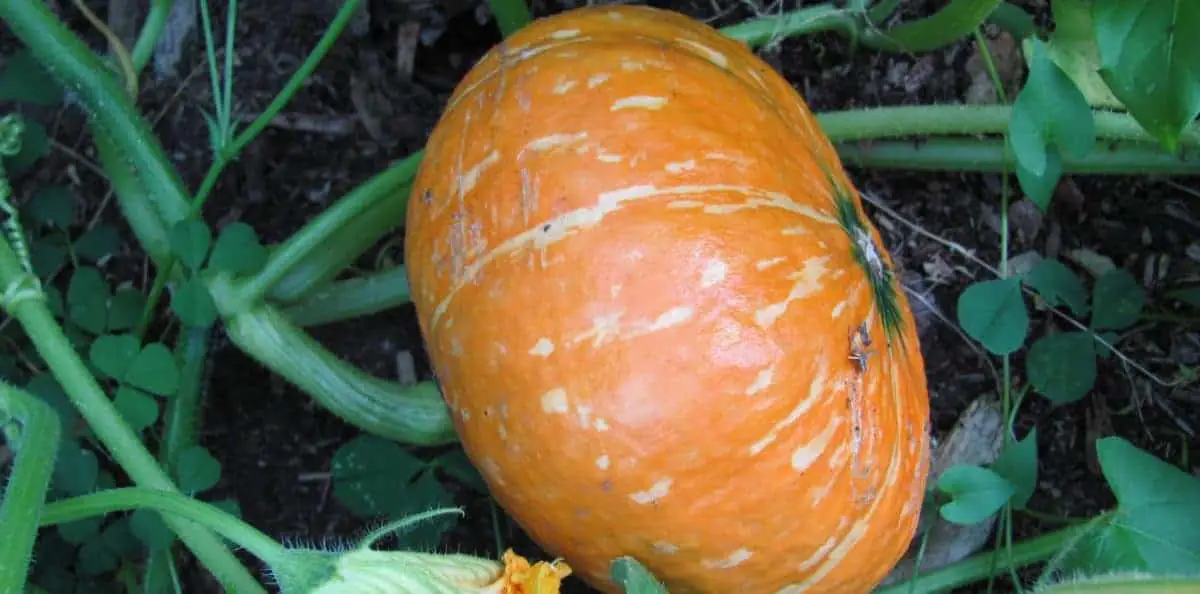
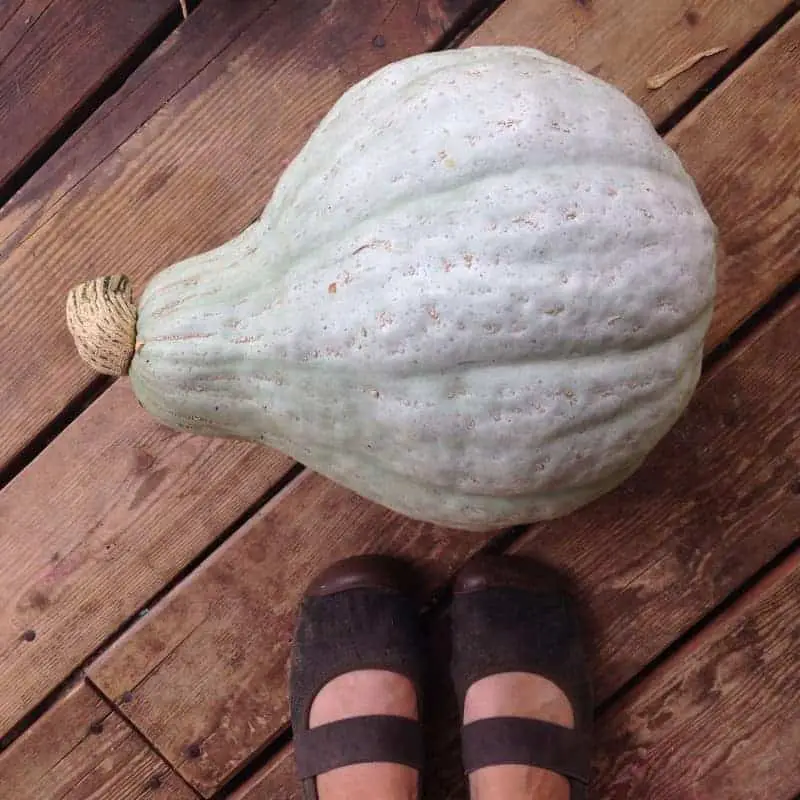
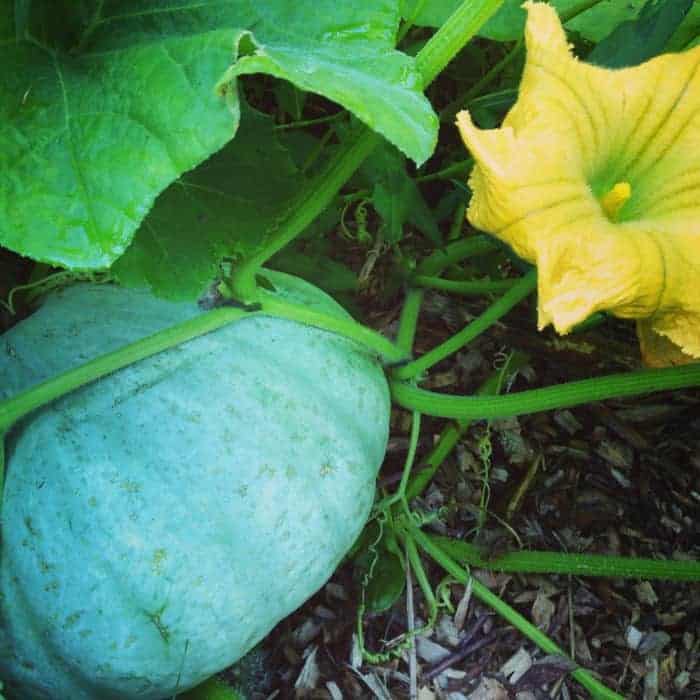
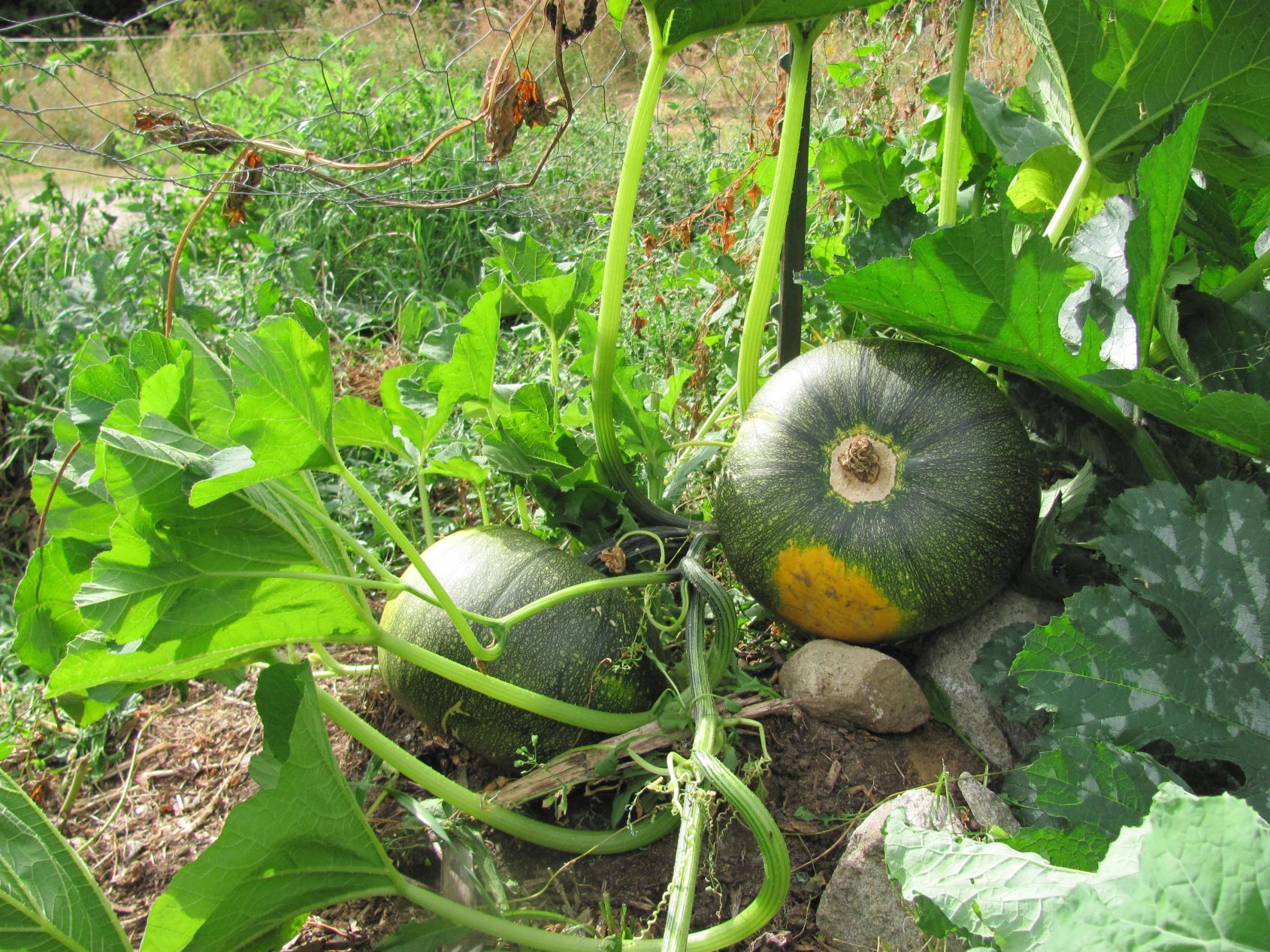
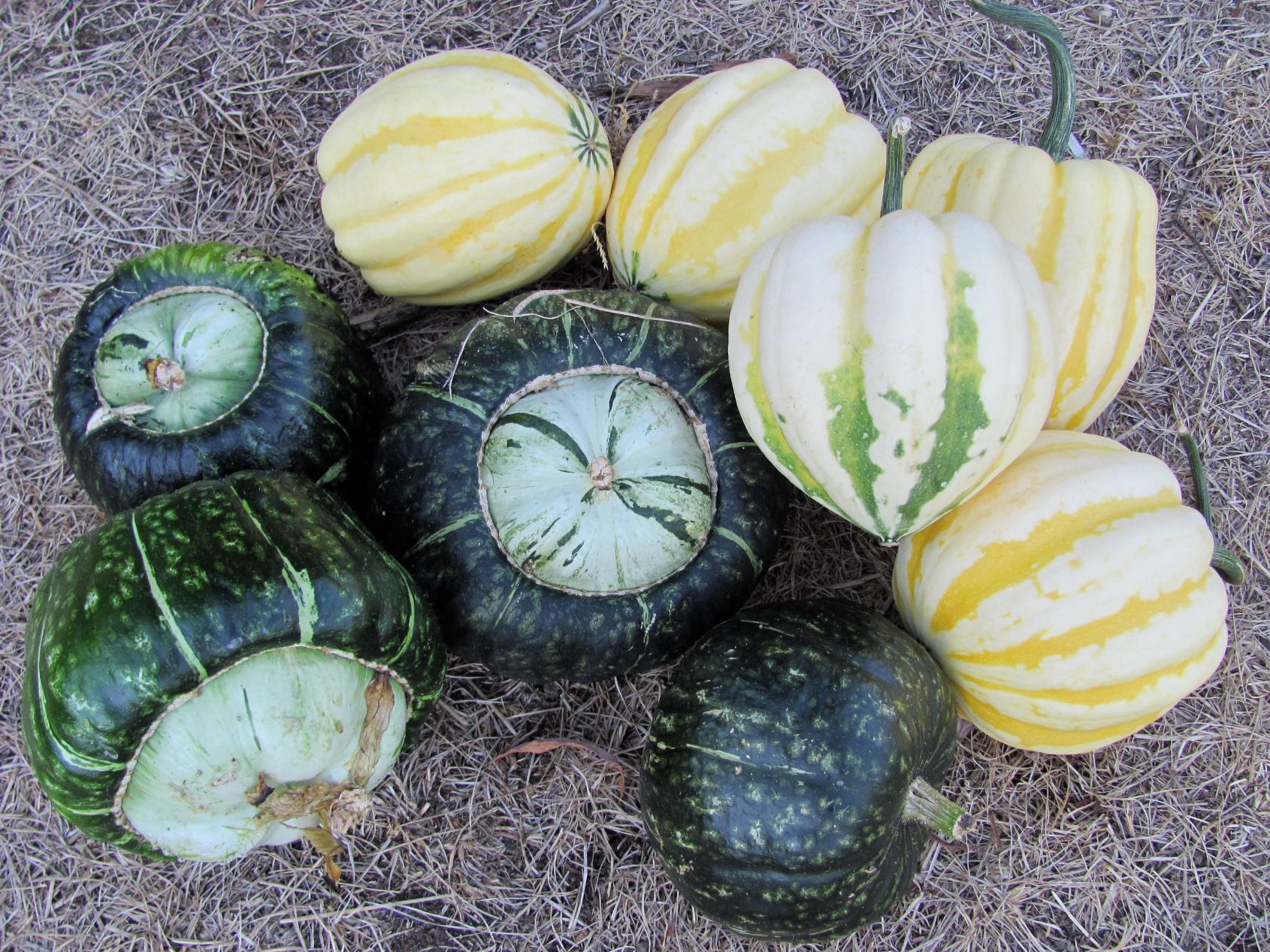
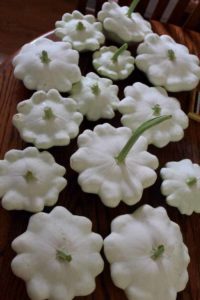
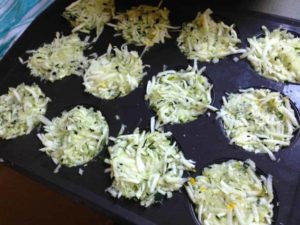
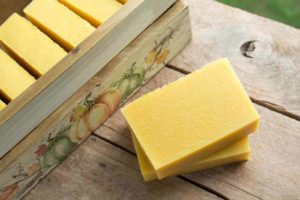
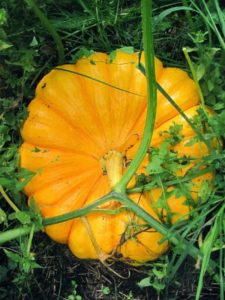
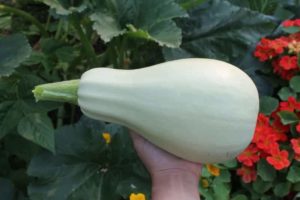
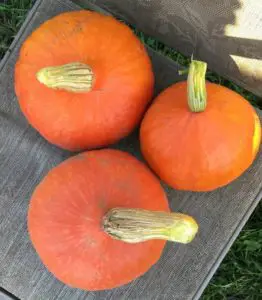

Excellent advice, Isis
Do you field cure spaghetti and butternut squash for 10 days as well?
Hi Erika! Spaghetti squash tends to have a shorter shelf life than other squash (a few months) so curing isn’t as important. It’s good to field cure butternut as it has a long storage potential. Always wipe them down with soapy water before storing too even short term to reduce rotting. 🙂
Thanks for this article! We’re fairly green at this yet! We’ve been gardening organically for about 4 years now but it’s a huge learning curve! I just want to clarify that you clean the squash after curing them, not right after you harvest them from the garden?
I like Jarrahdale. They are a beautiful blue-gray, long-lasting, and taste sweet without being too stringy. Thanks for the information, I hope I’m curing mine correctly this year!
Hi where Can I get pumpkin seeds
I have spaghetti squash that has lasted 6 months in my unheated dining room. I’ve never have cleaned them, but they have good circulation in metal basket.